Alternate title: Fear and Skating in Jorvík
With 2023 coming to a close, I’m reminded of the famous Eleanor Roosevelt quote to “Do one thing every day that scares you.”
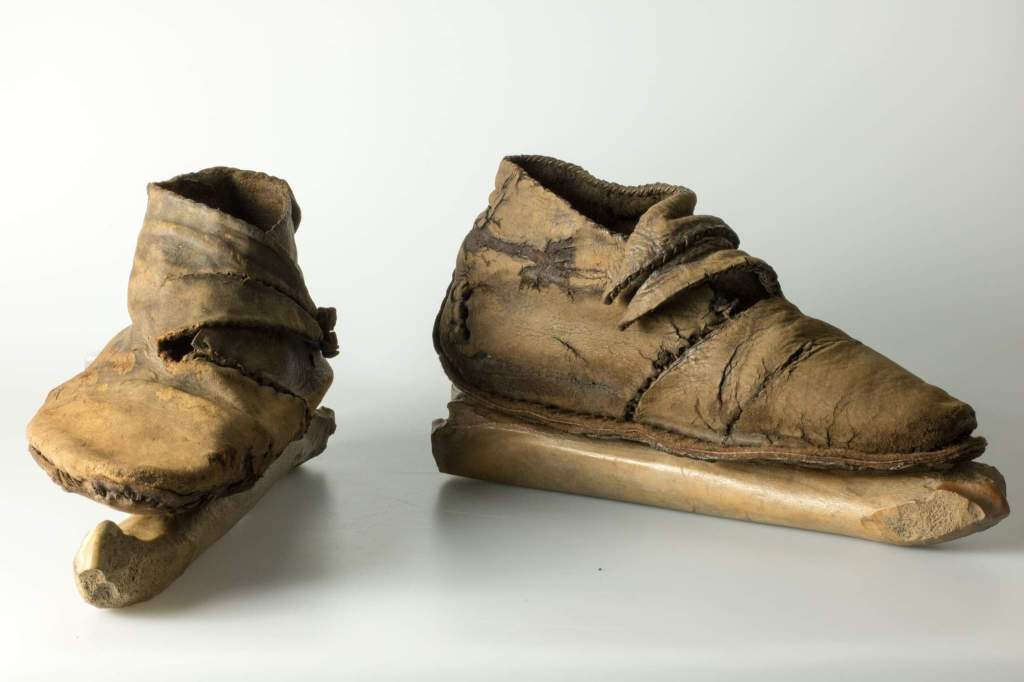
Ever since I saw my first pair of bone ice skates at the Jorvik Viking Centre and Yorkshire Museum, I’ve been charmed by them. After a brief period of madness where I convinced myself I could make my own (turns out getting ahold of horse metacarpals in the UK is borderline impossible!) I was delighted to find that Amber Wolf had made a pair. Even better, they were for sale at Jorvik Viking Festival! Just my luck.

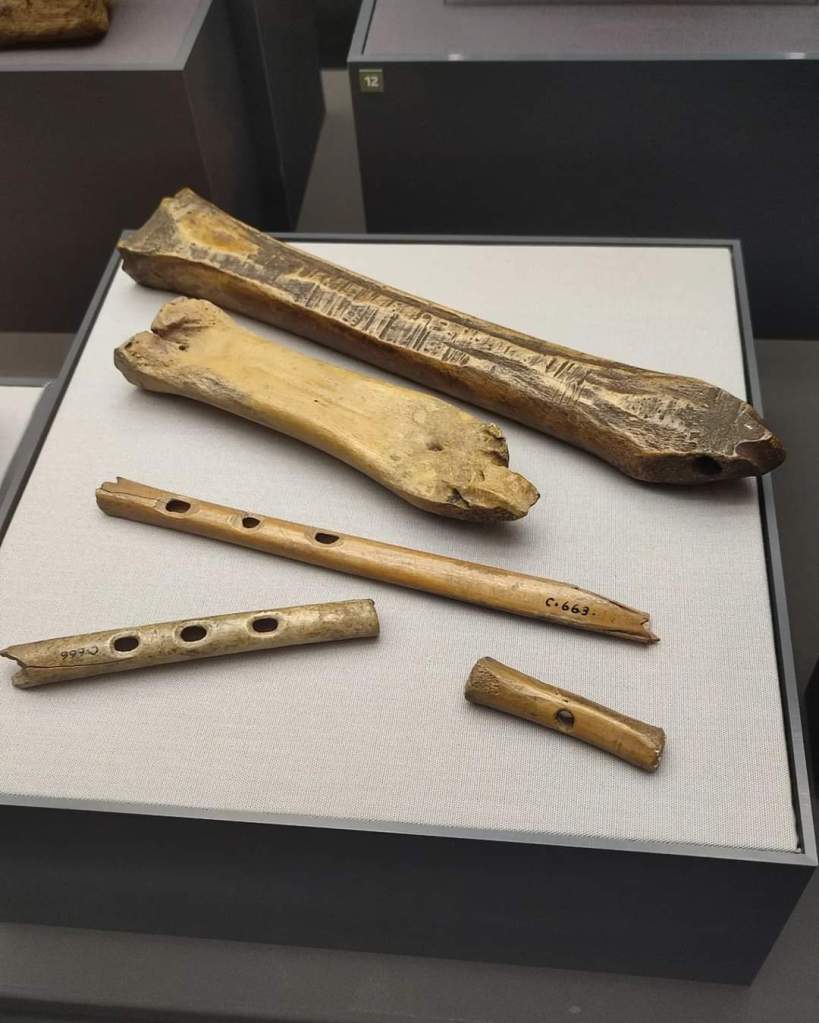
Bone skates are found all over the Viking world, with examples from Dublin, Hedeby and Birka just to name a few sites. Many pairs of skates were found in historical York, with 42 examples from Early Medieval Coppergate (MacGregor, Mainman and Rogers, 1999.) All of them were made from bone, with horse bones being the most popular, followed by cattle. If you want to learn more about the history of bone ice skates, there’s a fantastic paper by Küchelmann & Zidarov (2005) available free online– it was invaluable not only for historical background but also for technique!

My pair are based on item number 7122 from 16-22 Coppergate, dating to period 3 (mid 9th- early 10th century) though it incorporates a toe hole where the original did not. This skate is unusual among the York assemblage in that it has a fragment of a wooden peg (possibly willow) still stuck within the heel hole, which is suggested to be to aid attachment to the feet with cordage. Only one other skate from York (7930) has wood remaining, though many others retain their heel holes. Like the original skate 7122, my pair are made from horse’s leg bones, which have a natural curve to them.
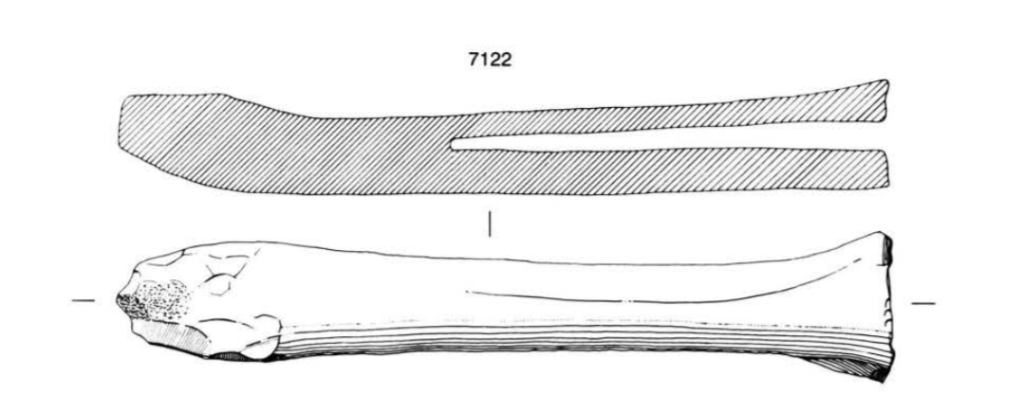
Now to the skating itself. It’s suggested that Viking Age skaters pushed themselves across the ice with sticks, rather than gliding across the ice like modern metal skates. This would be necessary, as the bone skates do not cut through the ice but rather sit flat on it. It’s not known whether skates were used purely for transport during winter or for leisure, but I suppose they could be for both.
Since such propulsion poles would likely be just a wooden stick, maybe with a metal point on one end, none have been identified in the archaeological record. But some depictions and descriptions of skating from the Medieval and Early Modern period still survive and they do show evidence for people across Europe using staffs to propel them on skates. (A good round-up of this evidence can be found here.)
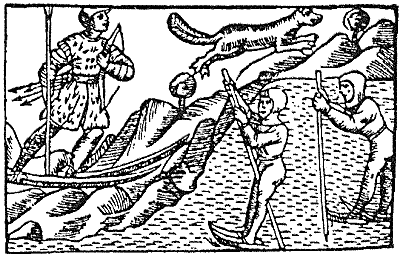
What I was interested in finding out when trying my skates was of course- how are they to skate on? But also- how do they attach to the foot? Do they stay on? Are they comfortable? All valid questions that if answered will give me a really interesting insight into one aspect of wintry life in the Viking Age.
Unfortunately, I am both terrible at ice skating and a gigantic chicken.
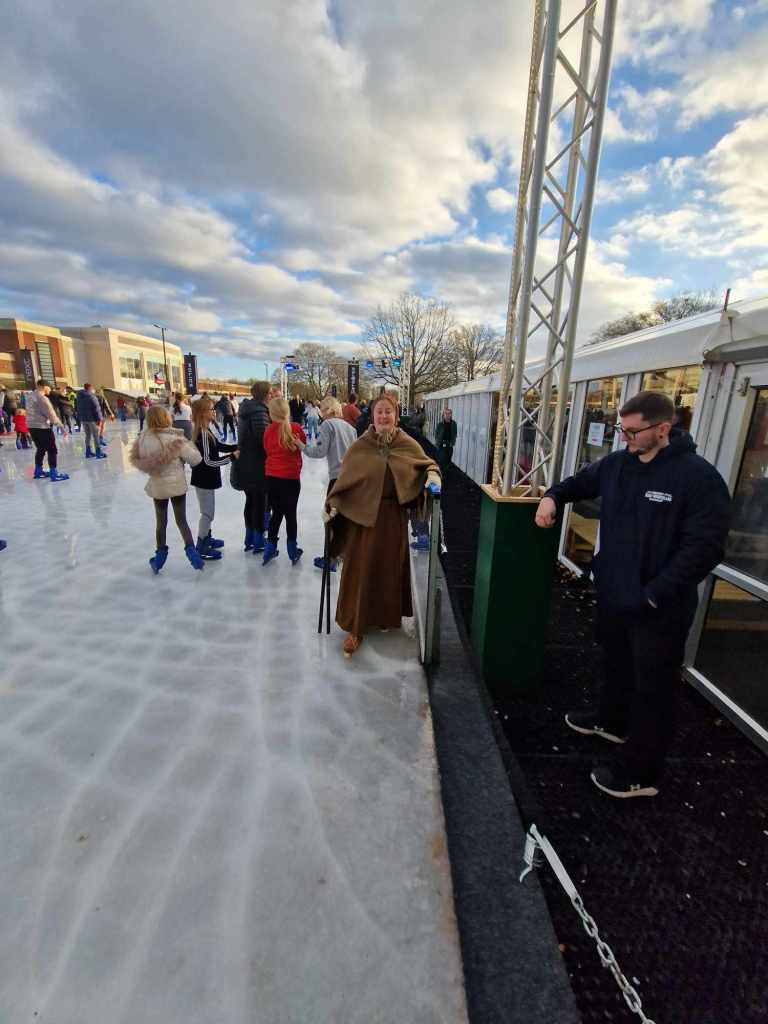
The nearest ice rink to me in York is quite a drive away, except for at Christmas, when a pop-up rink comes to the Designer Outlet every December. I decided to seize my chance and visit while my friend Ceara was down in York (for moral and at times quite literal support.)
Ceara is not only pretty great at skating, but is as unafraid of looking a tit in kit as I am. We called ahead, received a bemused thumbs up to the weirdest request they’d had all week at the rink and headed over in our winter best.

The bone skates turned out to be very comfortable and fit excellently onto my York turnshoes, made by my friend Dean. (They have their own article here!) At least with the wooden-pegged model of skates I tried, I found that the most secure way of wearing them was to thread your cordage through the front hole and criss-cross it over the foot in a figure eight, hooking both ends over the wooden peg and back up over the foot. It was easy and provided you use enough tension throughout, I found it to be very secure. It also helps that once you’re on your feet, your body weight kind of holds the skates in place and avoids any forward or backward slippage.
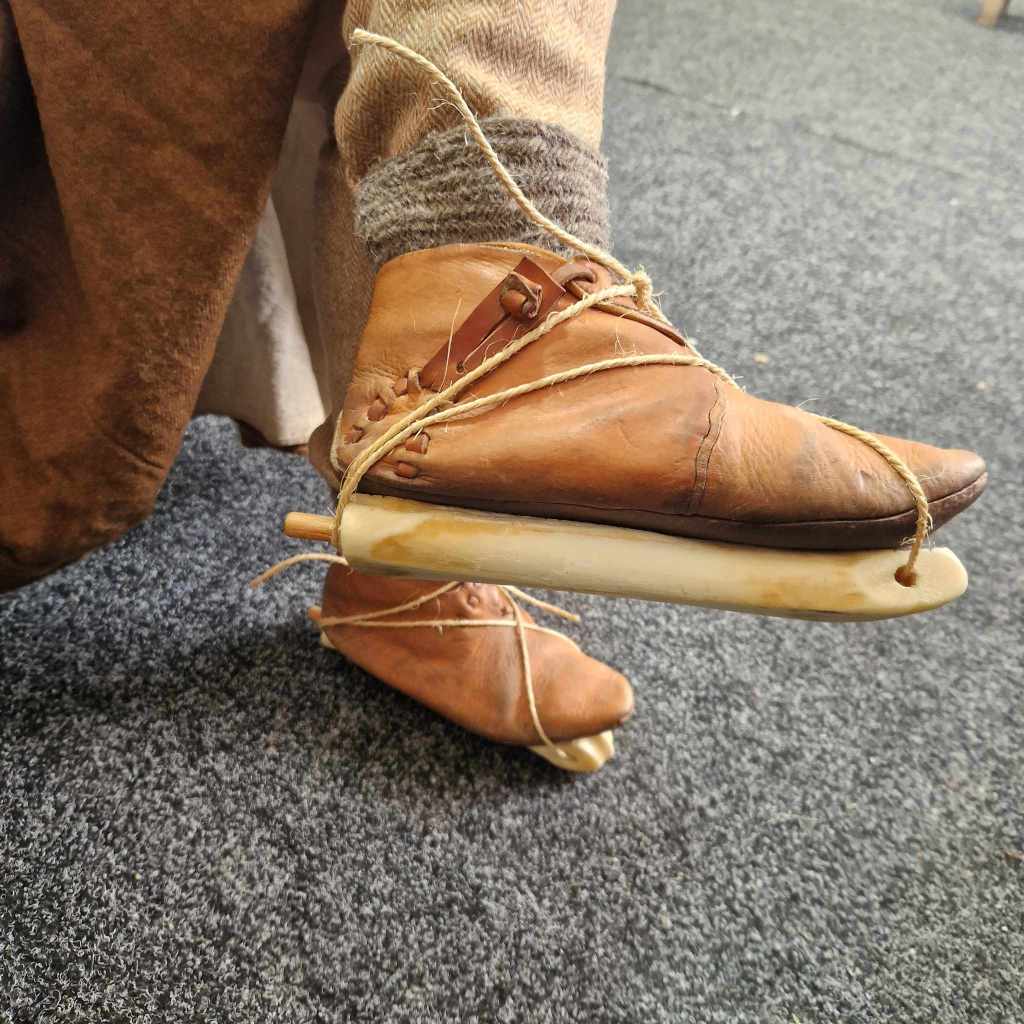
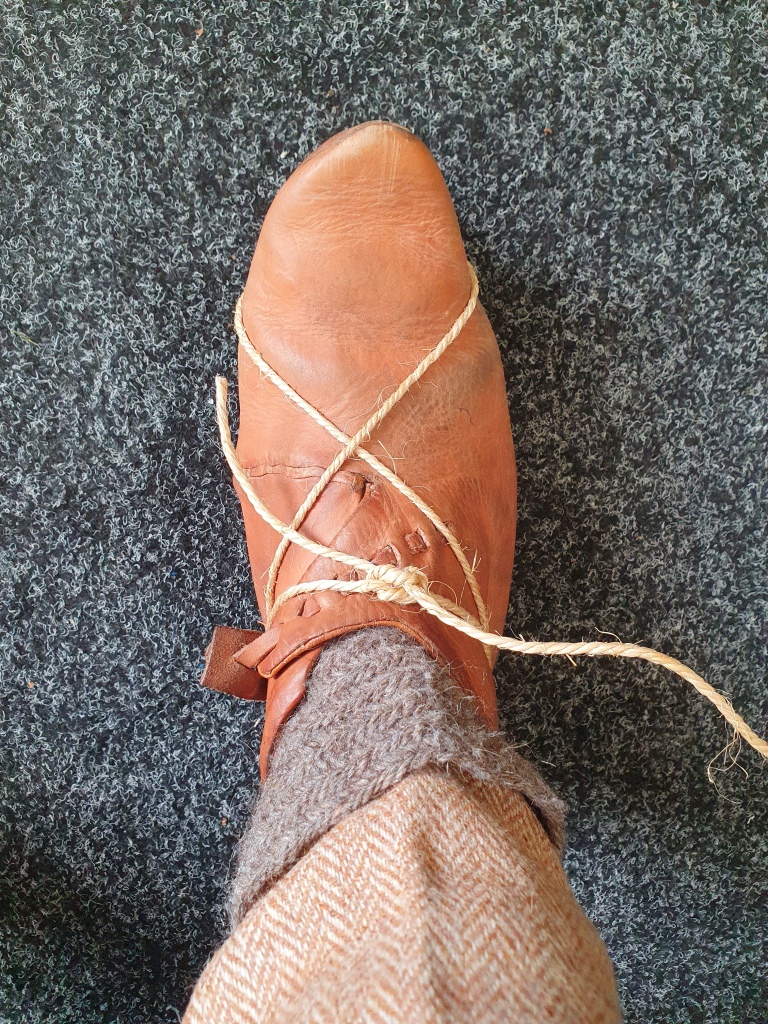
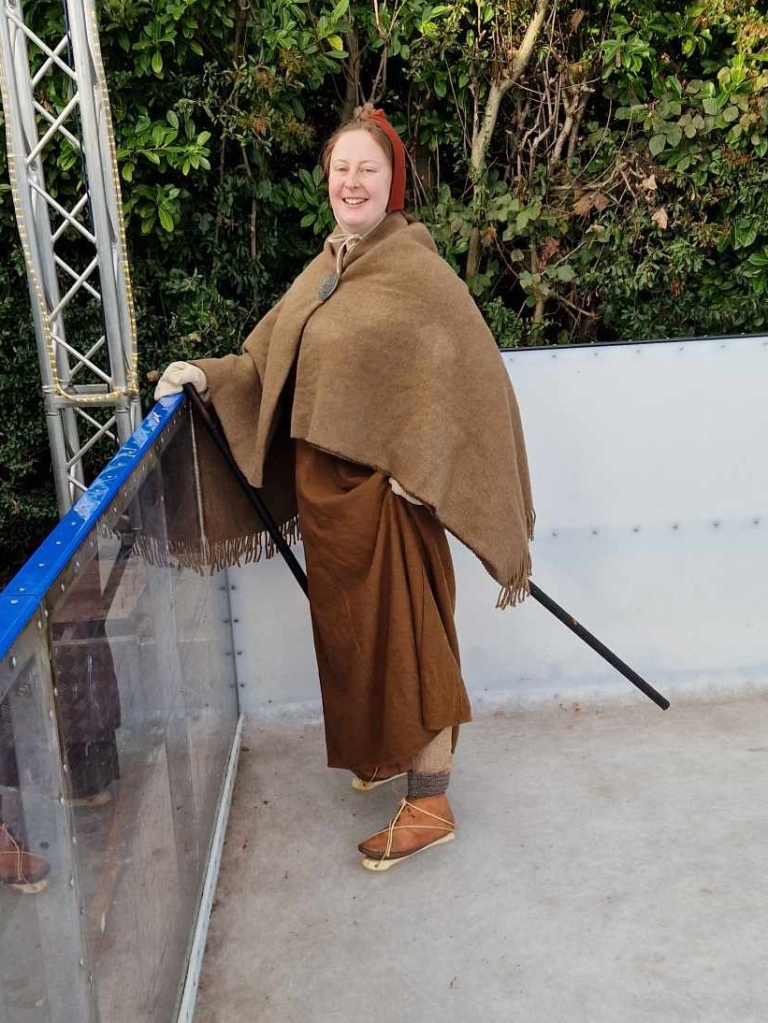
They’re quite comfortable too, far more than the modern skates we used afterwards. I couldn’t comment on their safety (I’m sure modern skates provide more ankle support) but *I* felt that my Viking skates were secure and that I was less likely to slip than on modern skates. The likelihood of me slipping was still worryingly high though, as I am not a good skater- picture Bambi on ice in a Dublin cap. My terror is quite evident in the pictures we took.
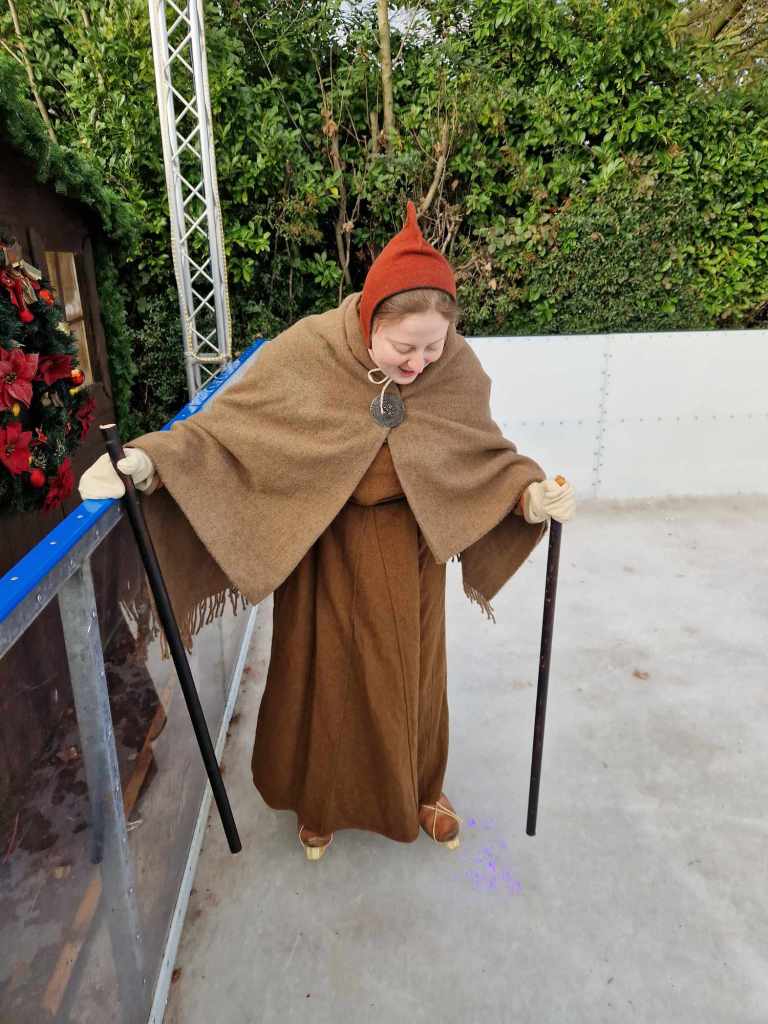


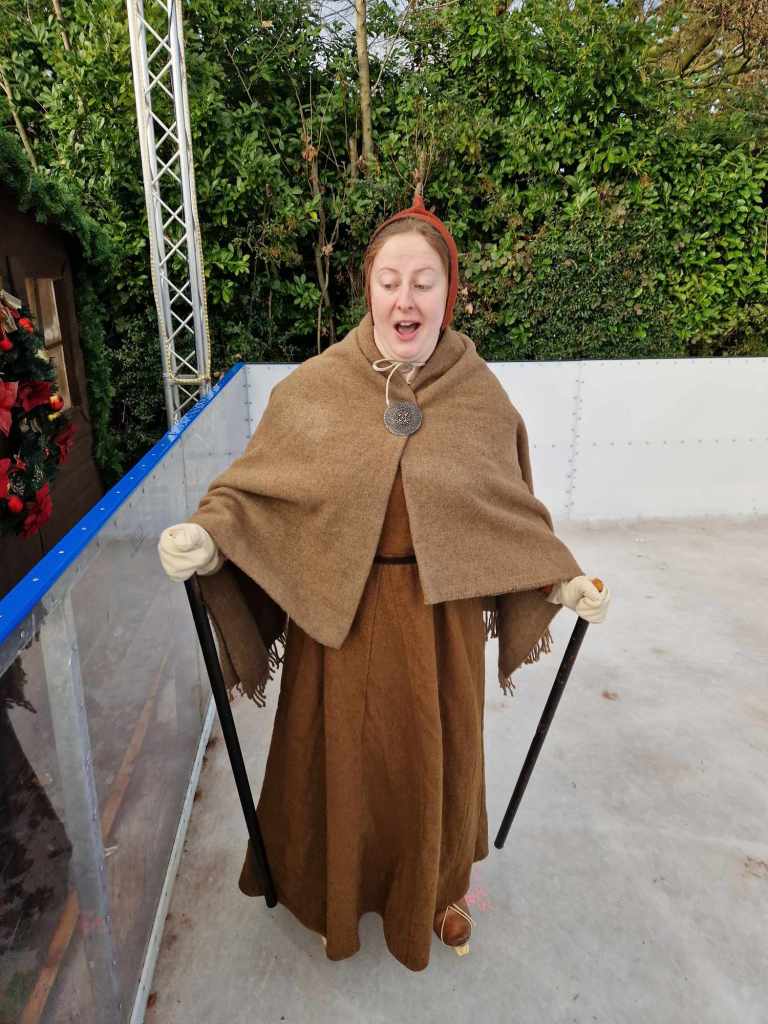
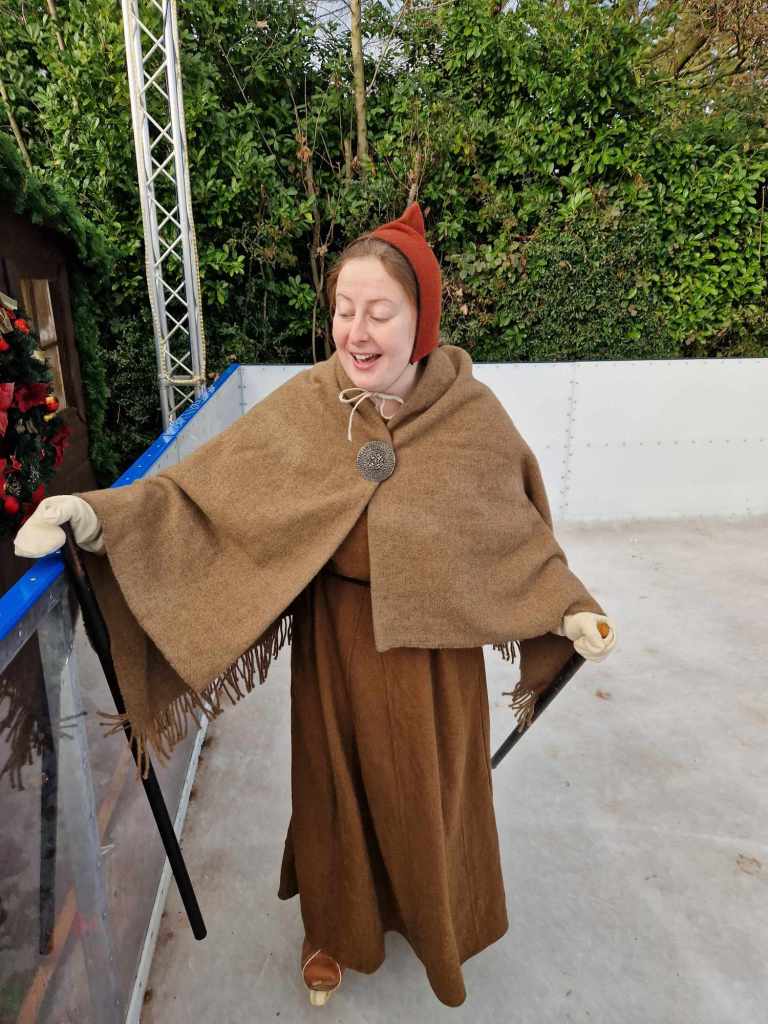

On the negative side, the Viking skates do limit your movement. As they are flat and don’t cut the ice, you have to push yourself along with a stick. This means a lot more physical exertion from the top of your body, whereas modern skates mostly require it from the legs to glide. I ended up bending over and kind of shuffling along, which was far from elegant and was pretty tiring. Ceara described it as like watching a 90 year old woman hobble along the ice and I can’t really argue with her.

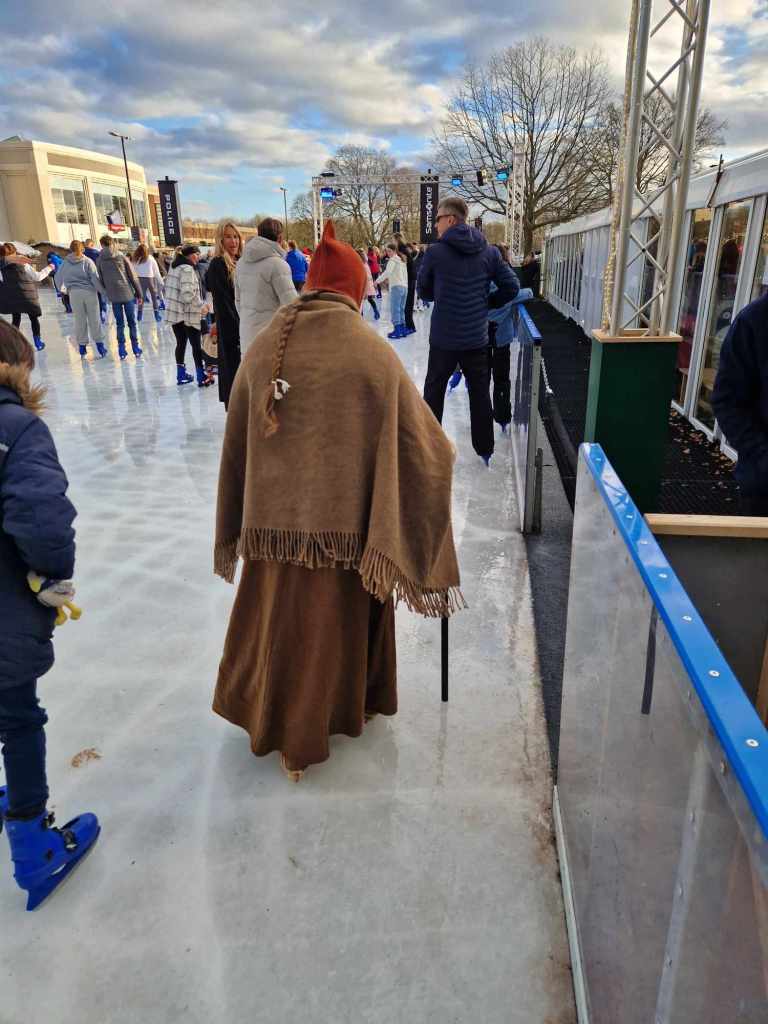
I have no doubt that someone with more skill in skiing or skating would find them easier to use than I did and likely with practice and time, I would become more adept at using the skates. This would also have been easier if I wasn’t trying to learn on a very busy rink full of other curious skaters! (My terror was not decreased any when I swapped my Viking skates for modern ones.)

My experience skating on Viking Age skates made it clear to me why we switched to using metal blades rather than flat animal leg bones. However, I cannot deny that for the purposes of travel across ice, the skates *do* work and are far preferable to walking across on turnshoes alone. Maybe in the future, I’ll be lucky (and brave) enough to give them a try on a real frozen lake or river, like the people of Viking Age York!
From the bottom of my heart, I wish you all peace, joy and fun new experiences in 2024. Wæs hæl!



References
Küchelmann, H. C. & Zidarov, P. (2005). Let’s skate together! Skating on Bones in the Past and Today. 15. p.425-445. Available here: https://www.knochenarbeit.de/skating-on-bones/
MacGregor, A., Mainman, A. J. and Rogers, N. S. H. (1999) Bone, Antler, Ivory and Horn from Anglo-Scandinavian and Medieval York. London: Council for British Archaeology. pp.1948-1999.
Links
Amber Wolf Workshop’s Facebook page (where I got my skates!) https://www.facebook.com/profile.php?id=100063546638744
Æthelmearc Gazette- a discussion of skates and some of the documentary evidence we have for using sticks with skates. https://aethelmearcgazette.com/2018/11/24/winter-is-coming-are-your-bone-ice-skates-ready/
Hurstwic- a very helpful site covering a lot of Viking Age topics, including an article on bone ice skates. I found it really helpful in writing this and inspired me to get a pair! https://www.hurstwic.org/history/articles/daily_living/text/ice_skates.htm
If you liked this article, please consider following my blog for updates when I post. If you really liked it, please consider donating to my Ko-Fi account and help me afford to keep the lights on! You don’t need to make an account and I keep 100% of whatever you decide to tip me.
https://ko-fi.com/eoforwicproject
Russ Scott tried out his pair at the Jorvik Viking Festival about 10 years ago, when we still used Coppergate Square. There was ice covering the square about three inches thick. They worked as you said, which is why I always refer to them as bone skis rather than skates. He wore his all day to keep his feet off the ice. I just got cold feet.
LikeLike